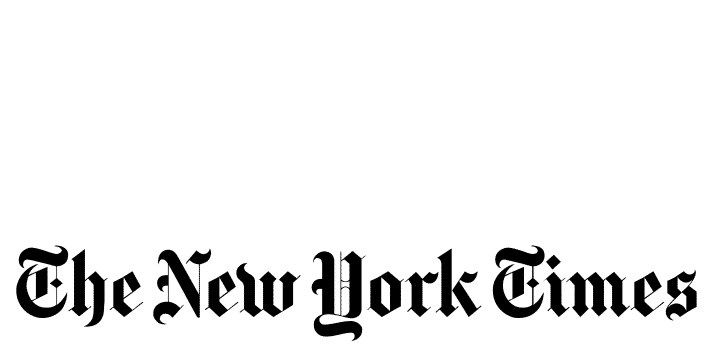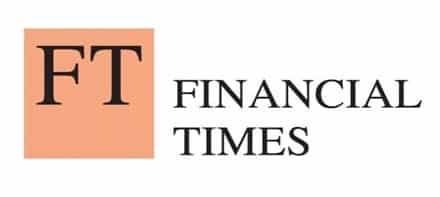Around the world, rapid economic recovery from the Covid shock unleashed the largest wave of inflation we have seen since the early 1980s. In response, in the summer of 2021, central banks began raising interest rates. Brazil led the way. In early 2022, the Federal Reserve joined in, unleashing a bandwagon effect: Once the Fed moves and the dollar strengthens, other countries either raise their interest rates or face a sharp devaluation, which further stokes inflation.
The outline of this pattern is familiar. But the breadth is new. We now find ourselves in the midst of the most comprehensive tightening of monetary policy the world has seen. While the interest rate increases are not as steep as those pushed through by Paul Volcker as Fed chair after 1979, today’s involve far more central banks.
There are moments when history-making creeps up on you. This is one of those moments. As far as the advanced economies have been concerned, the era of globalization since the 1990s has been one of disinflation and monetary expansion by central banks. Now that balance is being reversed, and on a global scale.
To add to the disinflationary pressure, we are also seeing Covid-era stimulus programs wound up in favor of measures like the Inflation Reduction Act that promise to cut deficits and take demand out of the economy. In the United States in the third quarter, the so-called “fiscal drag” will slow the economy by more than 3.4 percent of gross domestic product, according to an analysis by the Brookings Institution.
Read the full essay at The New York Times

